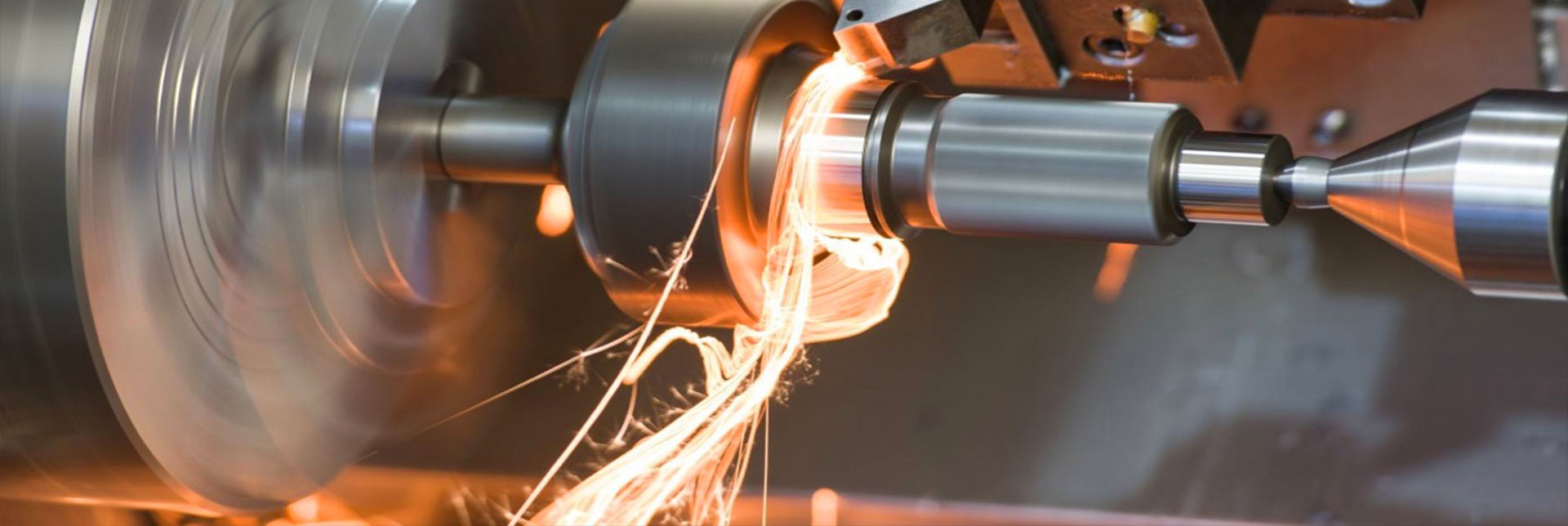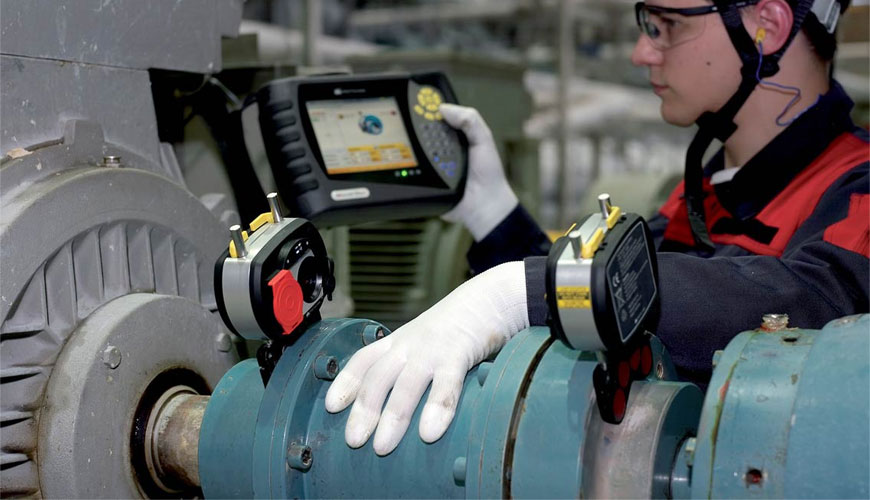

EUROLAB laboratory provides testing and compliance services within the scope of MIL STD 167 standard. The MIL STD 167 standard specifies procedures and specifies requirements for environmental and internally induced vibration testing of Navy ship deck equipment conventionally mounted on shaft driven ships.

The specified test methods are applicable to shipboard equipment subject to mechanical vibrations from the environment and from internal excitation caused by unbalanced rotating components of Naval ship equipment. This standard describes the requirements and acceptance criteria for:
The following vibration types are covered by this standard:
Type I – Environmental Vibration: Once the Type I vibration requirements have been established, the equipment will be subjected to a simulated environmental vibration that would be encountered on naval ships. This standard provides a sufficiently large amplitude in the selected frequency range to obtain a reasonably high degree of confidence that the equipment will not fail during service operation.
For Type I vibration testing, this standard will be used for equipment exposed to the vibration environment traditionally found on shaft propeller driven Navy ships. The Type I vibration test shall not apply to high speed or surface-impact ships subject to vibrations from high-speed wave slap that produce vibration amplitudes and frequencies exceeding those found in conventional Navy ships.
This standard applies to Type I vibration testing for equipment traditionally used on shaft propeller driven Navy ships and does not apply to other types of propulsion, including those designed to minimize waterjet, split or blade velocity forces.
Type II Internally Excited Vibration: Type II balance and vibration requirements shall apply to the supply of rotating machinery, unless otherwise specified. This does not apply to noise compliance or reciprocating machines. Special vibration and balance requirements can be specified. The limitations noted here may also be used as criteria for revision tolerances, but should not constitute a criterion for the need for revision.
In the later revision studies of the MIL-STD-167 standard, the requirements for test equipment and test machines, the guidance criteria for the selection of response priorities for endurance testing, and the requirements for applicable frequency ranges were revised and new methods were added for the equipment.
Briefly, this standard is used to characterize ship equipment for environmental vibrations and internally induced vibrations encountered during the operation of onboard equipment. However, it may be necessary to deviate from this standard in some special machines, equipment or installations. Vibration testing is performed to determine the exposure of ship equipment to ship vibrations throughout the ship's lifetime. These tests demonstrate the physical and functional integrity of equipment exposed to a predicted steady-state vibration environment.
EUROLAB also provides MIL STD 167 testing services within the scope of other military testing services. Thanks to these services, businesses receive more effective, high-performance and quality testing services and provide safe, fast and uninterrupted service to their customers. Do not forget to contact EUROLAB for testing and certification services.
To get an appointment, to get more detailed information or to request an evaluation, you can ask us to fill in our form and reach you.